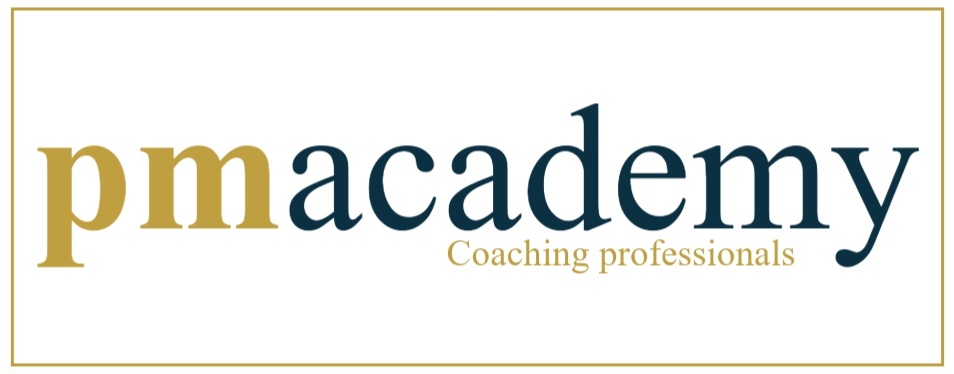Project Training & Personalised Certification Coaching
PM Academy empowers project professionals to achieve internationally recognised project certification through accredited training, expert coaching, and practical support.
Whether you’re starting your journey at introductory level or progressing to the highest strategic competence certification, we’ll guide you every step of the way.

